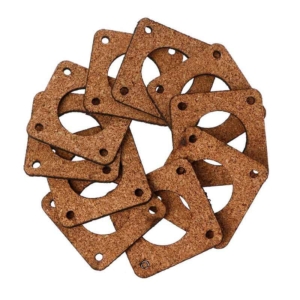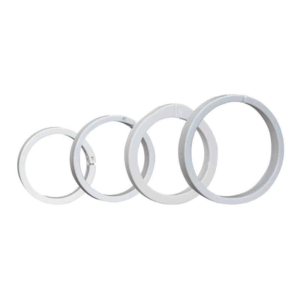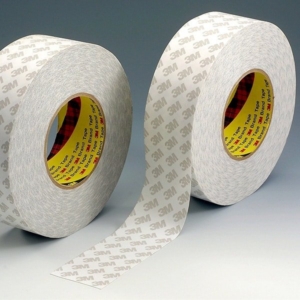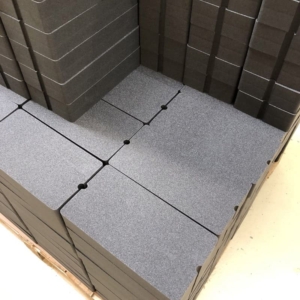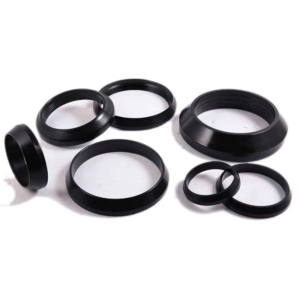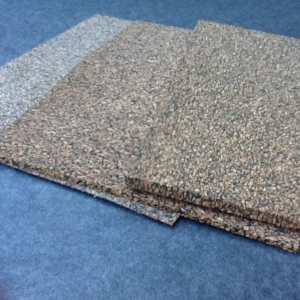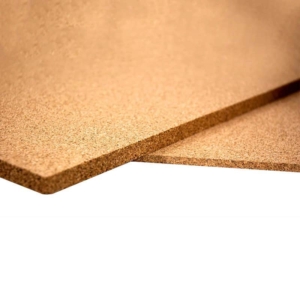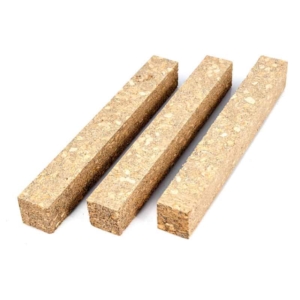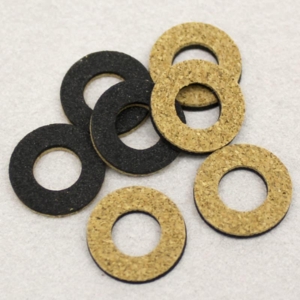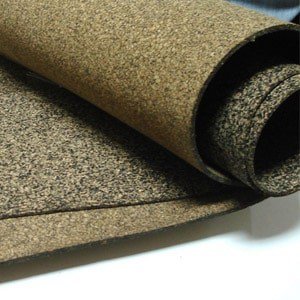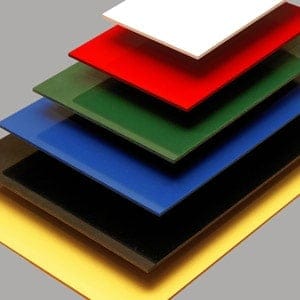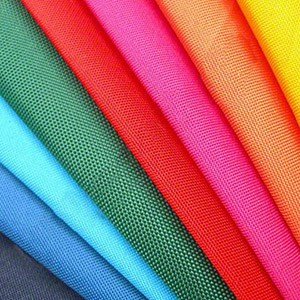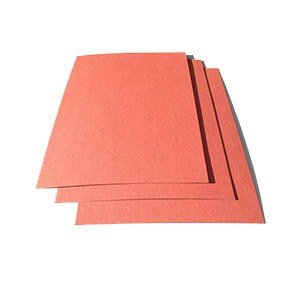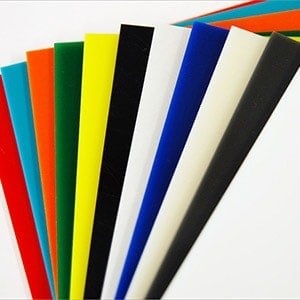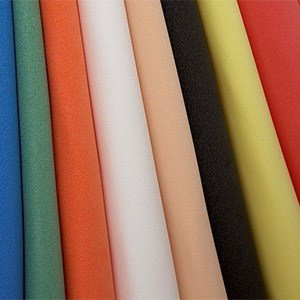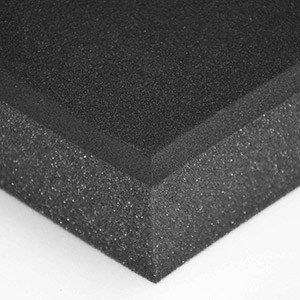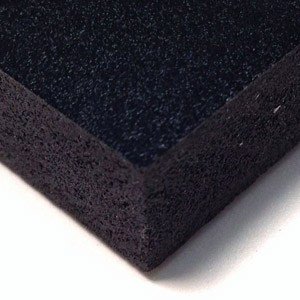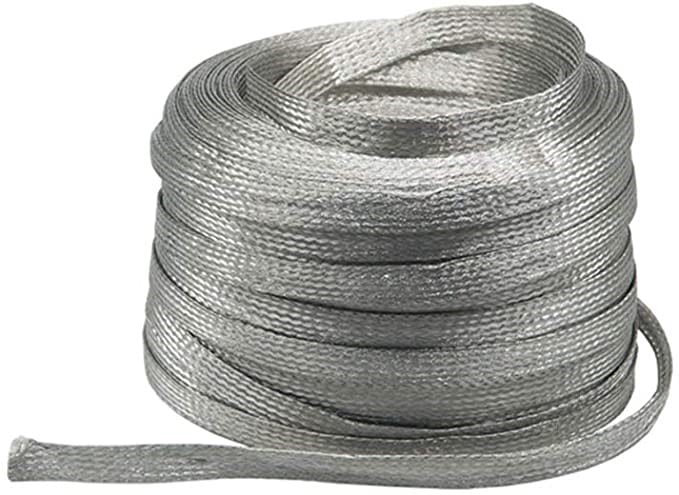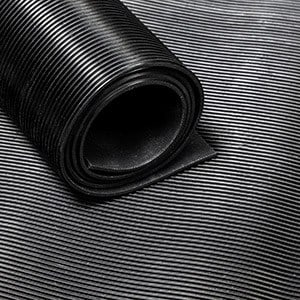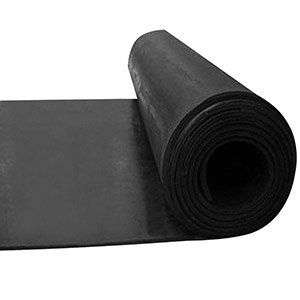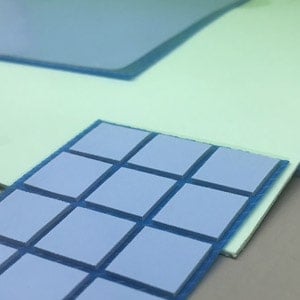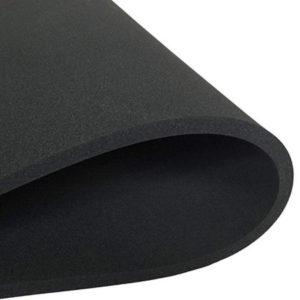Non-Asbestos Fibre Jointing
One of the many specialist material groups offered by Advanced Seals & Gaskets Ltd are ones used as fibre jointing applications. Included in the range is Non-asbestos fibre. None Asbestos fibre raw material is manufactured in sheet form, in a range of thicknesses, which are stocked by ASG ready to supply or convert into other products. Non-asbestos fibre can be cut down to the customers desired sheet or pad size, or further converted in one of many other products including bespoke gaskets, strips and washers, all with the option of being supplied in a plain finish, or coated with one of our many self adhesives or foils. Non-asbestos fibre materials and components cut from these sheets are a preferred choice when used in applications where there is exposure to extreme heat, water, petrol and natural gases, and can be supplied in a range of grades to meet even the extreme temperature and chemical exposures.
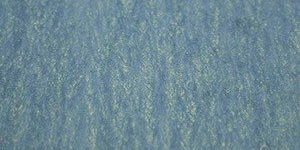
Material Enquiry
For information on Non-Asbestos Fibre Jointing please complete the following quick enquiry or call us on +44(0)1384 252555.
What are the Key Characteristics of Non-Asbestos Fibre Jointing?
- Colour: various - grade/brand/manufacturer specific
- Maximum operating temperature: certain grades reaching up to 450°C
- Thickness: 0.4mm, 0.5mm, 0.8mm, 1.5mm, 2mm, 3mm
- Resistances (vary between grades/manufacturers): nitrile rubber, for fuel and oil, steam, extreme temperatures, hydrocarbons
Full technical data can be supplied upon request,
or downloaded from our online portal.
Help and guidance
If you would like to speak to a representative to discuss your specific application or requirements please call our sales office direct on 01384 469100, alternatively you can send an E-mail. Simply click on the link and forward us your details along with your question and we will contact you immediately.
Samples - Technical Non-Asbestos Fibre Jointing
Samples can be submitted for testing upon request.
Call now for sample requests or further help.
What is Non-asbestos Fibre Jointing?
Non-asbestos fibre is formulated and produced using a combination of synthetic fibres mixed with a rubber binder, but can also have additives included to give even more unique properties. During the compounding process, each mix also contains a dye to colour the material which helps with identifying the different grades and manufacturer. Non- asbestos fibre is manufactured in sheet form, in thicknesses ranging from 0.25mm up to 4mm, from which components such as washers, gaskets, pads and strips can be cut. Non-asbestos fibre materials generally have good resistance to high temperatures and pressures which creates a good seal against water, oils, fuels, gas, salt water, solvents, acids and many of the chemicals that are commonly used in manufacturing.
Why use Non-Asbestos Fibre Jointing?
Non-asbestos fibre has been designed to not only replace the original ‘Asbestos’ material, but to be a more superior product with countless desirable properties as the material is manufactured in various formulations, each giving a combination of properties suited for different applications. The fibres (aramid or non organic) used to manufacture non-asbestos fibre sheets can be blended with nitrile, thus given fuel and oil resistance properties, EPDM to create a potable water safe product or with PTFE for chemical resistance, they can also be supplied with a graphite coating to give steam and non-stick resistance properties. Non-asbestos fibre components can be commonly found within high pressure applications such as compression chambers, air compressors, marine environments, within diesel engines and in oil, gas, chemical and fuel processing industries.
Different Grades
Advanced Seals & Gaskets work with a number of non-asbestos fibre material manufacturers and suppliers, meaning our customers benefit from availability and more choice, 2 of the most popular types are detailed below.
Novus
Novus is a compressed non asbestos fibre based material, usually manufactured with a polymer binder rubber, which has excellent sealing abilities. This material is ideal for a number of general purpose applications, displaying a great resistance to the majority of fuels, oils and acids. Within the Novus non-asbestos fibre material, sheets can be produced in a choice of grades, each can be identified by its colour. Each grade of novus is manufactured using a different combination of fibres and binders to give a set of unique properties, levels of resistance and working temperature ranges.
**the temperatures given are to be used as a guide only - as this can vary depending on factors such as the material thickness and pressure levels**
Novus 10 is a black material consisting of carbon fibre and nitrile rubber. It has a maximum operating temperature of 435°C, with good steam and creep resistance, suitable for use oils, fuels and refrigerants.
Novus , a yellow material consisting of aramid fibres and nitrile rubber. It has a maximum operating temperature of 400°C, with good resistance to general chemicals, steam, oil, fuel and gas. It has excellent water (hot and cold) resistance and is WRAS approved for potable water applications.
Novus 26 is a green material made up of aramid fibres and natural rubber. This grade has an operating temperature of 300°C, with good swell control when exposed to oil and is resistant to water, ideal for automotive applications.
Novus 30 is orange in colour, consisting of both aramid fibres and inorganic, with a nitrile rubber binder. It has a maximum operating temperature of 400°C, with good all round resistance to water, steam, oil, fuel, chemicals and gas.
Novus 34 is manufactured white in colour, using a combination of aramid fibres, inorganic fibres, special additives and nitrile rubber. This grade has a maximum working temperature of 450°C, with good resistance to gases, solvents, oils and high pressure steam.
Novus 45 is a blue material containing recycled synthetic fibre jointing and nitrile rubber. Novus 45 has a maximum operating temperature of 300°C, with good resistance to milder chemicals, low pressure steam, fuel and oil.
Klinger
Klinger is another popular non-asbestos fibre material from which ASG can cut and supply sheets. Klinger is manufactured in a variety of grades each suited for a range of environments and applications, each grade is produced using a combination of materials chosen to produce a product with various high level resistances and a range of maximum working temperatures. Generally, sheets manufactured using Kilnger will have good resistance to water, petrol, oils, solvents, gases, steam and some acids/alkalis. Klinger materials can often be found in sealing applications within oil, gas, petrochemical, power generation and aerospace industries. Some of the more popular Klinger grades are:
C4324 is charcoal/anthracite in colour, comprising of aramid glass fibre and nitrile rubber. This grade has a maximum operating temperature of 324°C, is fully WRAS approved for use with potable water, suitable for use with oils and fuels, and has moderate resistance to steam, water, and natural gases.
C4400 is recognisable by its blue colour, produced using aramid fibres and nitrile rubber binders. C4400 has a maximum working temperature of 400°C, suitable for high pressure environments and has good resistance to air, water, steam, salt water, fuel, oil, gas and acids
Grade C4430 is silver/grey in colour, a premium grade product, made using aramid fibres and a nitrile rubber binder. This grade has a maximum operating temperature of 430°C and offers exceptional compressive strength, good resistance to hot water steam, oil, grease fuel, alcohol acids and lubricants.
C4500 materials are dark grey in colour, made from a composition of carbon fibres, nitrile rubber and a heat resistant additive. This material has a maximum operating temperature of 450°C, and can be used in chemical industries, or where resistance to oil, gases, salt solutions, fuels, alcohols, acids, hydrocarbons, refrigerants, and lubricants is required.
For further information on the grades of non-asbestos sheets or for help choosing the best material for your application, please get in touch with our team.
Benefits of Non-Asbestos Fibre Jointing
- Water/steam resistance (selected grades)
- Chemical Resistant
- Fuel Resistant
- Impermeable to Gas
- Available in a range of grades
- Excellent sealing capabilities
The Advantages of Using Non-Asbestos Fibre Jointing Materials
Acoustic foam gaskets hold various advantageous properties that are highly utilizable in a variety of industries.
The greatest advantage of using acoustic foam gaskets is the exceptional noise-dampening capabilities of the material. As acoustic foam is an open cell material it is highly effective at absorbing sounds as well as cushioning and padding.
Acoustic foam gaskets commonly used as the material performs multiple functions at the same time, while the acoustic foam gasket is applied for cushioning the material will also absorb sound waves dampening the noise.
For further information on the many advantages of acoustic foam gaskets please get in touch with our team.
Please contact us using the form below or by calling us on +44(0)1384 252555.
